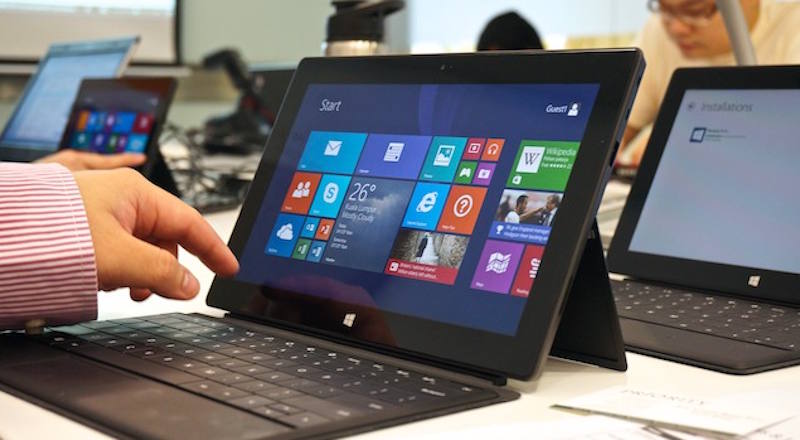In 2013, Microsoft launched the Surface Pro 2, the successor to the original Surface Pro from 2012. This second-generation hybrid device aimed to improve upon its predecessor’s shortcomings while continuing to bridge the gap between tablets and laptops. Microsoft had high hopes for the Surface Pro 2, expecting it to be a game-changer in the industry. But how did it actually fare among users? Let’s take a closer look.
The Original Surface Pro: A Bold but Flawed Concept
The first Surface Pro, released in 2012, was an ambitious attempt by Microsoft to combine the portability of a tablet with the power of a laptop. Running Windows 8 Pro, it featured an Intel Core i5 processor, a Full HD 10.6-inch display, and the innovative kickstand design. However, it suffered from poor battery life, bulkiness, and a limited ecosystem of touch-friendly apps. While it was well-received for its build quality and performance, it didn’t quite reach mainstream success due to these drawbacks.

What’s New in the Surface Pro 2?
With the Surface Pro 2, Microsoft addressed many of the criticisms of the first model. Some of the key improvements included:
Better Battery Life
One of the biggest upgrades was the improved battery life, thanks to the new Intel Haswell Core i5 processor. This significantly increased efficiency, allowing users to get around 7-8 hours of usage, a major improvement over the original 4-5 hours.
More RAM and Storage Options
The Surface Pro 2 offered up to 8GB of RAM and storage options ranging from 64GB to 512GB. This provided more flexibility for users who needed extra performance and space for professional work.
Improved Kickstand
The first Surface Pro had a single-position kickstand, which was often inconvenient. The Surface Pro 2 introduced a dual-position kickstand, allowing for a more comfortable viewing angle, especially for lap use.
Upgraded Accessories
Microsoft introduced new Type Cover 2 and Touch Cover 2 keyboards, which featured backlit keys and improved key travel. Additionally, the Power Cover was introduced later, adding extra battery life while maintaining a slim design.
Windows 8.1 Out of the Box
Instead of requiring an upgrade, the Surface Pro 2 came with Windows 8.1, offering a more refined experience with better multitasking features and improved support for high-resolution displays.
Microsoft’s Expectations vs. Reality
Microsoft envisioned the Surface Pro 2 as a serious competitor to ultrabooks and the MacBook Air. The company heavily marketed it towards professionals, creatives, and students who needed a portable yet powerful device.
However, the Surface Pro 2 still struggled to break into the mainstream. While tech enthusiasts appreciated the improvements, the high price tag and limited availability of touch-optimized apps in the Windows Store continued to hold it back. Additionally, the device was still bulkier than traditional tablets like the iPad, making it a tough sell for casual users.
User Reception: A Step Forward but Not Perfect
Users generally praised the Surface Pro 2 for its build quality, improved battery life, and powerful hardware. Many professionals and students found it useful for note-taking, digital art, and productivity tasks. The ability to run full Windows applications was a major advantage over other tablets.
However, some complaints remained:
- Still relatively bulky compared to other tablets.
- Kickstand improvements were welcome, but not perfect for lap use.
- High price point compared to traditional laptops.
- Limited app ecosystem, especially for touch-based apps.
Conclusion: A Solid Improvement but Not a Game-Changer
The Microsoft Surface Pro 2 made significant strides over its predecessor, addressing key issues like battery life and usability. While it found a dedicated user base among professionals and power users, it didn’t quite revolutionize the market as Microsoft had hoped.
That said, it paved the way for future Surface devices, influencing later models like the Surface Pro 3 and beyond, which refined the hybrid concept even further. The Surface Pro 2 may not have been a breakout hit, but it was an important step in Microsoft’s journey towards creating a true laptop replacement.